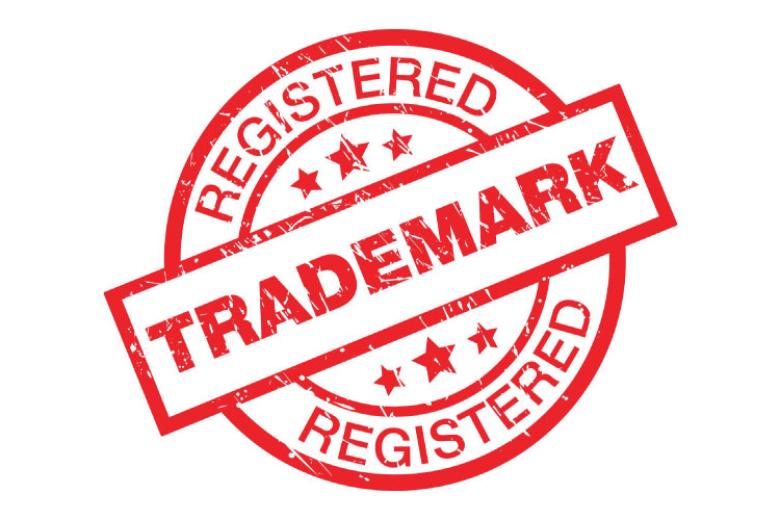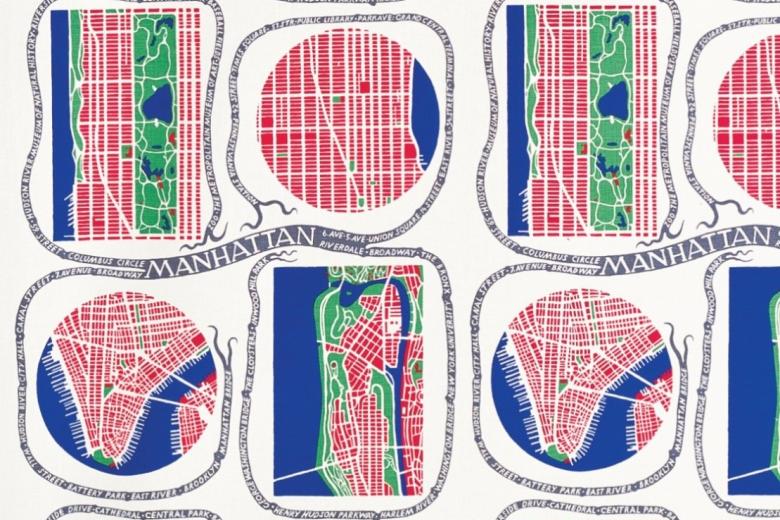Are open designs truly free?
“A handbook, a practical tool for users”; this is how Dr. Thomas Kirchberger defines his thesis, in which he covers the relation between Open Design and Intellectual Property. On Friday 29th of September 2017, Dr. Kirchberger came to our Law Faculty to discuss this topic and analyse how open design can be shared and protected at the same time.
During the second industrial revolution at the beginning of the 20th century, the famous businessman Henry Ford said: “any customer can have a car painted any colour that he wants, so long as it is black.” Would this appeal to open design?
Nowadays, we find ourselves in an era of 4th industrial revolution, where big data and the internet of things have encouraged digital fabrication. Open design is a child of this era. It’s a phenomenon which permits designers to first produce their creative objects and then share them with consumers who can use, amend and produce digitally the design themselves (similar to open software, open source, etc).
According to Dr. Thomas Kirchberger, 3D printers are just one of the technologies to take into consideration in relation to open design. Although it is still uncommon to have 3D printers at home, consumers can bring their blueprints to open shops and labs allowing the open design to be brought into reality. These goods, originating from open design, can now be produced and used by consumers anywhere and in any-way they desire.
Normally, designs are protected under industrial property rights. However, the main driving force behind open design is free and open sharing with others, whilst industrial property rights advocate exclusivity: so how do they work together? In other words, to what extent can a designer give its creation for free and, at the same time, control it? A framework is needed in order to maintain the innovative concept of open designs and to benefit users and society.
The Creative Commons Licensing system
Dr. Thomas Kirchberger argues, that the framework in which open design can be effectively protected, is Creative Commons Licences (CCLs). This online system allows creators to determine the destiny of their work and operates to permit open designers, wishing to expose their work, to control it and possibly make some money in the future. Creative commons offer a protection that moves from “copyleft” (CC0) to copyright, depending on what kind of protection the designer wants to give to its work. While attribution (BY) is a compulsory condition, designers may allow further sharing without amendments (ND), prevent commercial use (NC), share the work under the same terms as the original work (SA), or certain combinations thereof.
The licensing system has been very successful, particularly with designers, as it is speedy and simple to use. The choice of modules determines the type of license which in turn binds users to comply with a number of contractual clauses (8 sections)[3] which the licensor may enforce if any infringement occurs. According to Dr. Kirchberger, this system can however bring drastic consequences for designers, considering the presence of unacknowledged use and the fact that once a design is placed online under this licensing framework, it is irrevocable. The design will always be available for others to at least exploit for their own individual use and the designer cannot prevent that.
It is up to creators to decide on the legal faith of their creative designs. The module combination that the designer chooses depends on how much control and level of freedom the designers want to afford to consumers, for example the combination of BY + NC + NY which gives highest protection. It is a way of controlling the way in which a design can be further shared or developed. Moreover, according to Section 6c of the conditions of CCLs, the designer is still allowed to exploit and license its design to third parties, e.g. big manufacturers such as IKEA.
To conclude, open design and CCLs certainly do not result in the same exclusivity rights that industrial property rights grant to “traditional” designs. Nevertheless, designers wishing to share their designs with the world are still able to determine and control the destiny of their designs to a great extent: as long as they are fine with the fact that the public can use it forever. Open design reflects the phenomenon of consumers’ personalization and thus has a great potential in an era where Henry Ford would no longer appeal to consumers with “black cars only”.
This blog was written by Vanessa Biermannova and Miguel Hidalgo Ortiz
Published on Law Blogs Maastricht
-
Protection of reputable marks beyond confusion: does “due cause” help to strike a balance between trade mark proprietors and content creators?
Content creators, exercising their freedom of expression, may use trade marks in their content in a way that might damage the interests of trade mark proprietors (e.g. use of Nike shoes in a porn movie). How does EU trade mark law address these different interests?

-
Computer-Implemented Inventions: has the term “invention” in the EPC lost its meaning?
The European Patent Convention defines subject-matter that is not eligible for patent protection, such as methods for doing business. However, when implemented by a computer, non-eligible subject matter becomes eligible for patent protection. Is this desirable?

-
The ambigous nature of the amended European trademark functionality doctrine
EU trade mark law excludes certain signs from becoming registered trade marks. In particular, shapes cannot be registered if they are necessary for achieving a technical result. In 2015, the amended Regulation broadened this exclusion to ‘another characteristics'. But what is now covered exactly?
